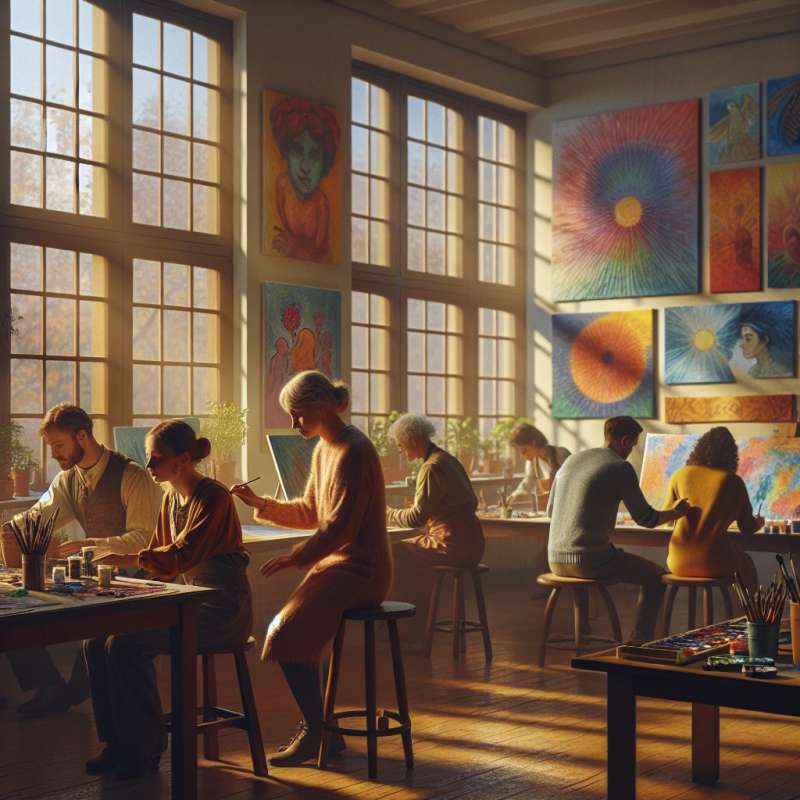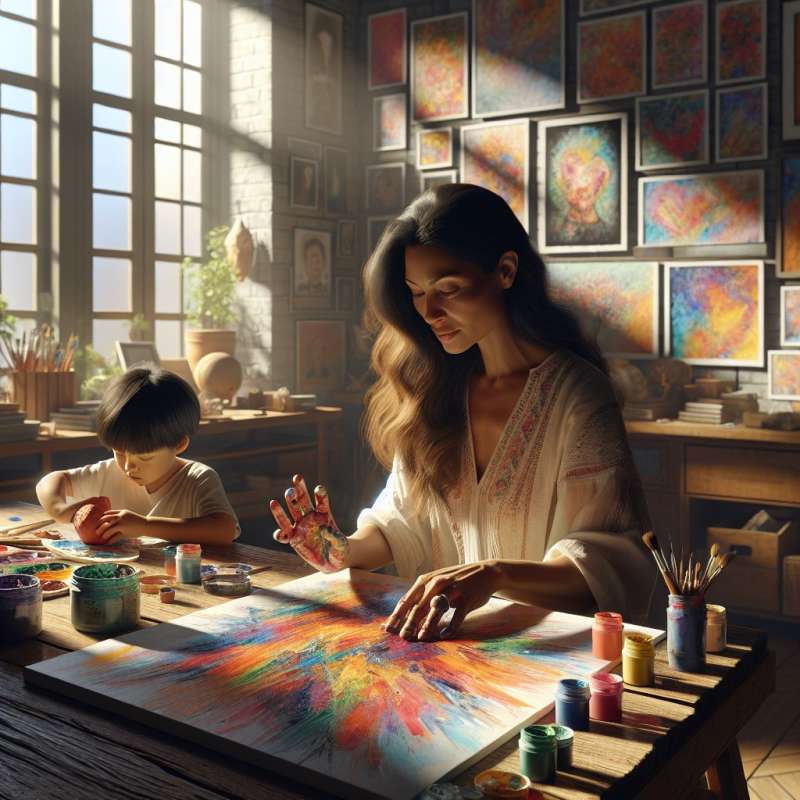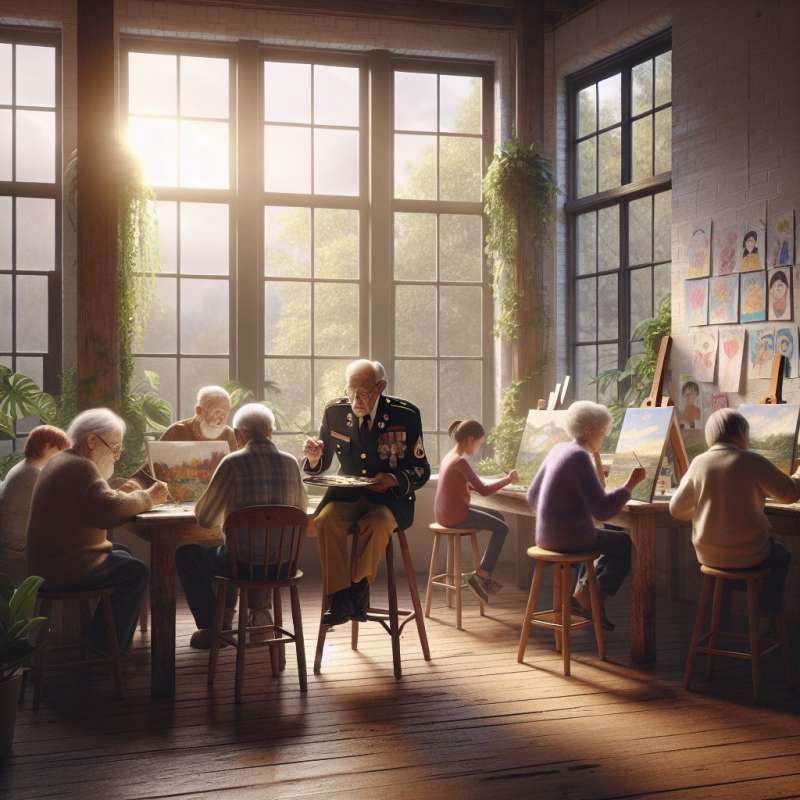
Art Therapy Emergence
Rooted in the 1940s, art therapy integrates psychotherapeutic techniques with the creative process to improve mental health and well-being. It's a unique convergence of art and psychology pioneered by Margaret Naumburg and Edith Kramer.
Artistic Expression as Language
Art therapy posits that creative expression can unearth emotions and thoughts that may be difficult to articulate verbally. It provides an alternative language for communication, tapping into the nonverbal realms of the subconscious mind.
Therapeutic Modalities Overview
Art therapy includes various modalities such as drawing, painting, sculpting, and collage. Each offers different pathways to access and process complex emotions, catering to individual preferences and therapeutic needs.
Brain Activity in Art Making
Creating art stimulates the release of dopamine, a feel-good neurotransmitter. Neuroimaging studies suggest art-making activities can activate the brain's reward pathway, promoting feelings of pleasure and contentment.
Art Therapy Clinical Applications
Art therapy is versatile, aiding in treating anxiety, depression, PTSD, and chronic stress. It's also used with diverse populations, from children with autism to veterans with trauma and elderly patients with dementia.
Art in Non-Verbal Communication
Art therapy can be pivotal for non-verbal patients or those with language impairments, offering a way to express and process emotions that are otherwise inaccessible through traditional talk therapy.
Global Art Therapy Perspectives
Differing cultural and societal contexts influence art therapy practices worldwide. Therapists must navigate cultural sensitivities and adapt techniques to honor local traditions, beliefs, and values in therapeutic settings.
Who pioneered art therapy in the 1940s?
Sigmund Freud and Carl Jung
Margaret Naumburg and Edith Kramer
Virginia Axline and Carl Rogers
Company